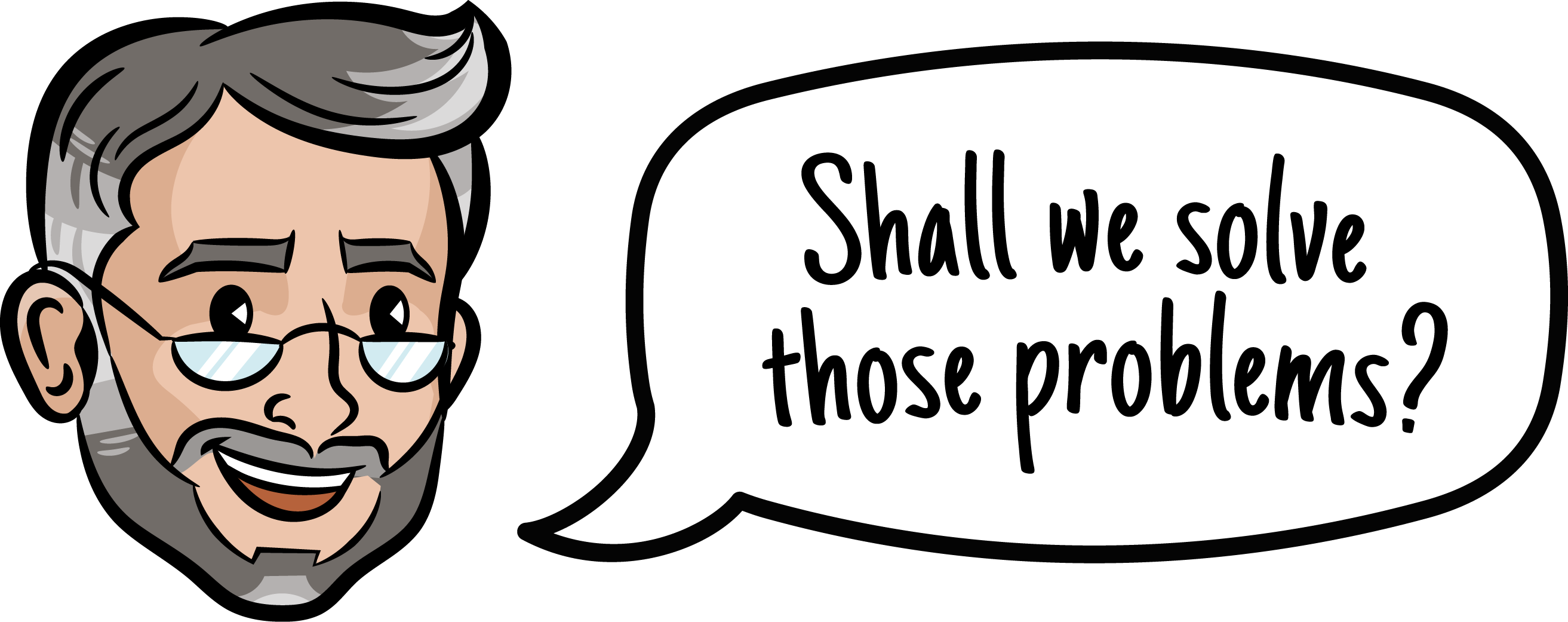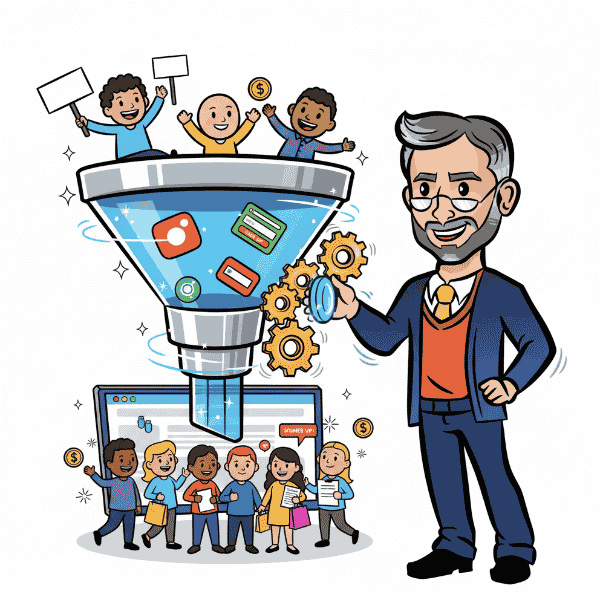Definition: A content hub is a central repository that organizes a company’s most valuable marketing assets, such as blogs, guides, videos, and case studies, into one unified experience. Unlike scattered content efforts, a content hub provides visitors with seamless navigation and helps search engines better understand a brand’s expertise.
Use it in a Sentence: The agency built a content hub around digital marketing topics, allowing visitors to easily explore guides, case studies, and videos while boosting organic search visibility.
Benefits of Building a Content Hub
- Improved SEO Performance: A content hub strengthens topical authority and improves search visibility by creating structured internal links and covering themes comprehensively.

- Better User Experience: Visitors can easily navigate related articles or resources, reducing bounce rates and increasing time on site—both key engagement signals for search engines.
- Lead Generation & Nurturing: By embedding lead magnets and CTAs within your hub, you turn readers into subscribers and prospects into paying customers.
- Content Longevity: Evergreen hubs keep your best resources relevant and visible, while regular updates maintain freshness and value.
- Brand Authority: Publishing a content hub positions your business as a thought leader. It shows you own your space and deeply understand your audience’s needs.
Key Elements of a Successful Content Hub
- Topic Clustering: Choose a pillar topic—like “small business marketing” or “sustainable living”—and build out supporting subtopics. This structure boosts SEO and clarifies your site’s purpose.
- Pillar Pages & Subpages: Create an in-depth pillar page that acts as the main gateway, then link out to more specific supporting pieces. This layered approach helps users and search engines alike.
- Smart Internal Linking: Link strategically between related content pieces to keep users engaged and guide them deeper into your site, while improving crawlability.
- Conversion Opportunities: Use in-hub CTAs like newsletter signups, downloadable resources, or product demos to turn content consumption into business results.
- Analytics & Optimization: Track which pages perform best, where users drop off, and what keywords drive traffic. Use these insights to update, improve, and expand your content hub continuously.
More Definitions
(From the Sales & Marketing Jargon Encyclopedia)
- Qualified Lead: A prospect who meets certain criteria and demonstrates intent or potential to become a customer.
Read More> - Interactive Video Content: Videos that let viewers engage through actions like clicks, choices, or quizzes.
Read More> - Content Framing: Presenting content in a way that shapes audience perception and highlights key messages.
Read More> - Content Bias: A tendency for content to favour certain perspectives or topics.
Read More>
Useful Posts
(From the Sales Funnel Professor Blog)
- Top of Funnel: Organic Social Strategies: Learn how to build brand awareness using unpaid social media content and outreach.
Read More> - SEO Top of Funnel Strategies: Dive into organic tactics that increase visibility at the awareness stage without a paid budget.
Read More> - How to Find Low-Hanging Fruit in Sales & Marketing: Discover practical ways to identify quick wins and easy-to-implement strategies that don’t require a big spend.
Read More>













